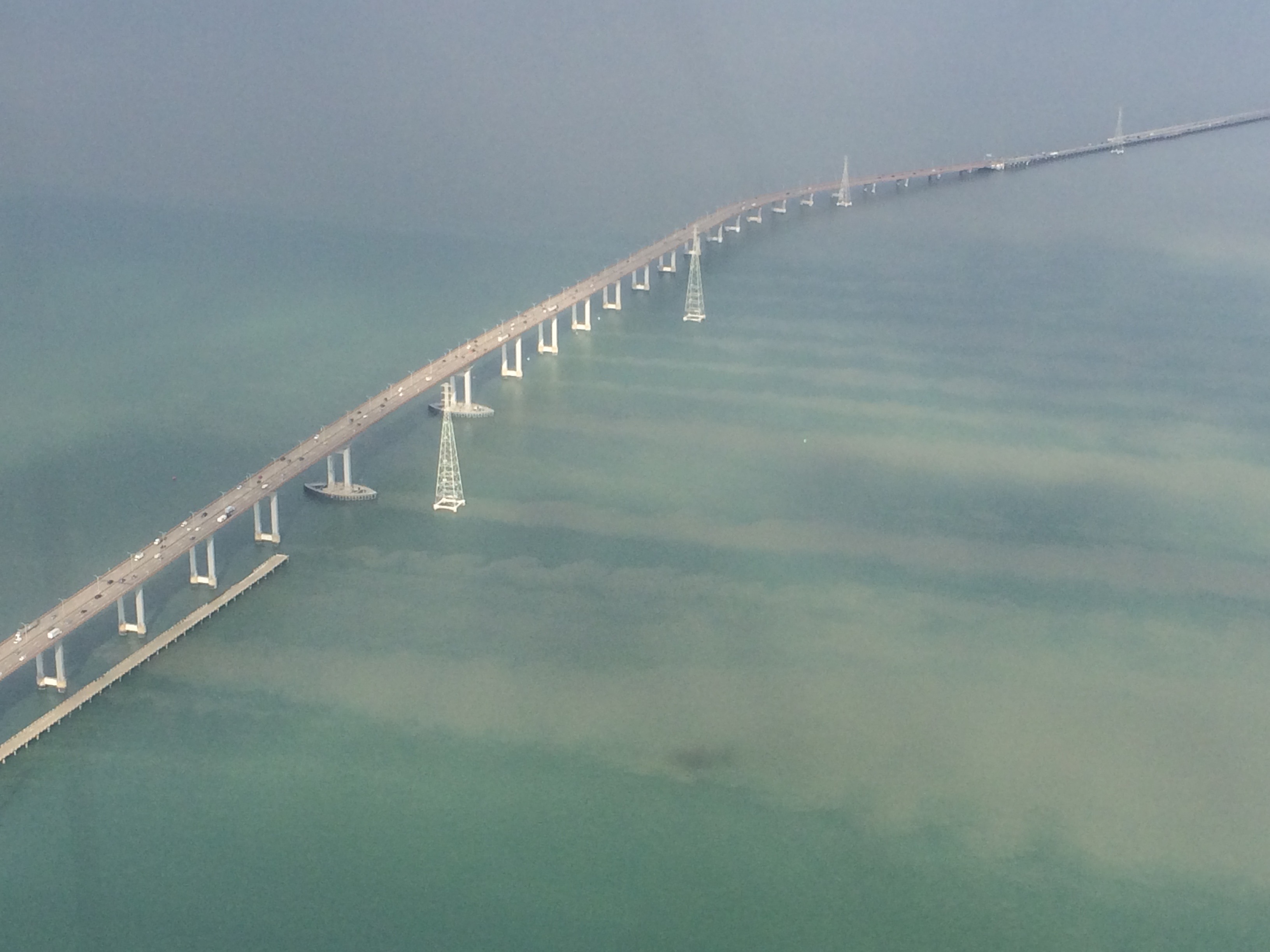
The Mooring Report
I wrote the following RMarkdown report as an Environmental Scientist at SFEI. Please find the original web publication on SFEI’s website. It is replicated here as an example of my work at SFEI and my programming in R.
The Mooring Report: January 2016
Summary
SFEI Nutrients Team recovered, serviced, and subsequently redeployed our Lower South Bay moored sensors (we use YSI EXO2 Multiparameter Sondes) on Sept 22-23. We saw VERY interesting changes in a few parameters on September 16.
Those sensors are situated at the following sites (zoom, pan, and click icons for site names):
How does El Nino affect Lower South Bay biogeochemistry?
We typically think of eutrophication, or the production of excess organic matter, as a summer phenomenon. During the summer, high nutrient loads can combine with high sunlight to allow larger phytoplankton blooms. When this phytoplankton dies and eventually decays, dissolved oxygen is consumed, potentially resulting in hypoxic conditions.
Eutrophication is not generally a primary concern during the winter, largely due to decreased sunlight availability. Furthermore, more oxygen can dissolve in colder water, so hypoxia isn’t common either. However, the Nutrients Team is investigating how increased freshwater flows affect LSB sensor patterns. We hypothesize that the less dense freshwater from storm flows and the spring freshet may greatly enhance stratification (this lighter water will flow on top of the saltier, denser bay water, thereby decreasing vertical mixing).
Alviso rainfall
Here’s an example of a change in salinity during rainfall events in the late fall/early winter at our Alviso station.
Click and drag in either the horizontal or vertical direction in order to zoom in on particular features. Double-click to zoom out to the original plot.